Why do you find patches in the Mara (akin to farm fields)?
The Masai Mara is a savannah grassland – with the picture of vast rolling landscapes dotted with the occasional acacia with the background of the distant bordering hills. You will also find Riverine forests by the many streams and rivers (like the Mara and the Sands river).
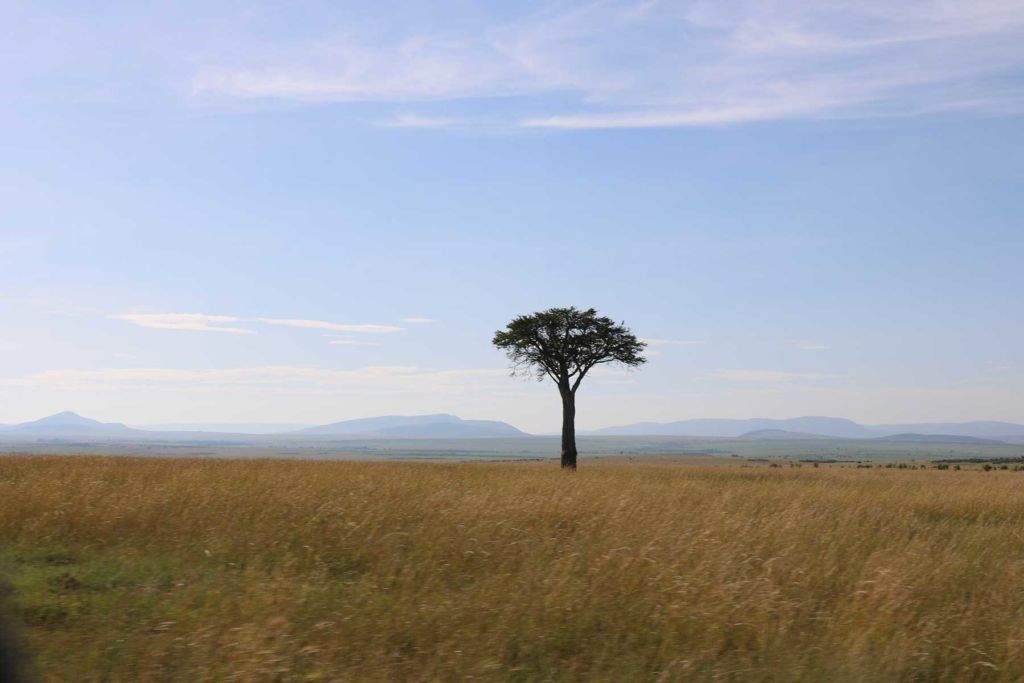
I had been to Masai Mara in April / May (the low season) – the season of the long rains in East Africa. While on safari, in some places, I found an odd phenomenon: the safari jeep tracks had different coloured grass on either side of the road / track! One side was lush green and the other the familiar golden dry grass.

The situation is very clear when you view the Mara from a height on a Hot Air Balloon. The green, brown and black patches are clearly visible – almost like demarcated farmlands!

We have to remember that the grass is the main reason that the Great Migration happens. The wildebeest, gazelles and zebras tramp across the Serengeti / Mara each year in a circular motion following the rains and the resulting fresh green grass. This is the massive migration – a year-round phenomenon amplified while the herds are in the Mara (roughly July to October) – where the ungulates get concentrated in a smaller area due to the geography of the area – and hence famous as the ‘Great’ Migration.
Naturally, the grazers always prefer the more nutritious and relatively tick free green grass over the dry golden grass. The availability of fresh green grass affects the Migration path as well. Rampant growth of grass not grazed in the past leading to huge dry grasslands just before the rains, may leave large areas not ‘favoured’ by the Wildebeest herds and change their paths.
This is what happened in 2018 in the Masai Mara. Due to the dry grass in the Mara versus availability of fresh green grass in the Northern Serengeti – left large parts of the Migration herds avoiding the northern part i.e. the Mara. This obviously left the tourism industry in Kenya in disarray with legions of disappointed Great Migration photo hunters!
It is said that, in 2018 – Tanzania burnt some parts of the Northern Serengeti (Part of the same grassland ecosystem – but in Tanzanian territory south of the Sands River), resulting in the growth of fresh grass there and thus led to the wildebeest preferring that region as against the Masai Mara.
Following this, realising the cost of inaction, the Kenya Park authorities have started a ‘controlled’ burning of small patches of land progressively covering major parts of the Reserve. This has led a differential growth of grass in different parts of the Mara. The green is the fresh grass, the black patches are freshly burnt land and the golden brown are the parts not yet burnt!
This has obviously paid rich dividends as the herds have returned to the Mara in 2019! So, a sensible strategy – right?
Well, I have very dilemmatic thoughts in this regard. While the ‘short-term’ ‘benefits’ from the grass burning from the limited point of tourism are undeniable, there are other factors to be considered.
Some proponents argue that wildfire (by natural factors) is common in nature and in fact an important element in ‘rejuvenating’ landscapes and critical part of the natural lifecycle in certain ecosystems. Again, burning is good for the soil – it returns a lot of nutrients to the ground and it performs the janitorial role of getting rid of bushes, dead plants and the long grass and ensure a better environment with exposure to the sun promoting the growth of the ‘good’ grass.
I beg to put in a couple of counter points:
Burning is a destructive process – it kills many of the ‘invisible’ (i.e. not visible to mighty man) species depending on the grasslands – insects, reptiles, birds (their nests and eggs), mice, and smaller organisms in addition to some plant species. Aren’t we playing God by indulging in ‘artificial’ burning – determining the fate of species?
Secondly, burning also results in many of the nutrients going up in smoke, as harmful pollution (e.g. the nitrogen containing volatile compounds or NVOCs) and of course, releasing a lot of carbon back into the atmosphere – which is what we are fighting in our crusade to contain Global warming reality today!
The most important concern is the powerful ‘intervention’ of man in natural cycles. In the long-run, nature takes care of itself and returns to its equilibrium. By burning of grasslands, we are attempting to shorten the cycle in our assertive arrogance without understanding the long-term repercussions. Are we tipping the scale towards ‘desertification’? Are we pushing some species towards ‘extinction’? Are we changing the climatic balance? After all, today we have proof of the ill-effects of intervention (deliberate or otherwise) – see Madagascar today as a visible scarred tragedy and we wonder about man’s role in tipping the balance leading to the creation of the Sahara Desert from a lush paradise?
Is the short-term benefit worth risking the last impact on nature?




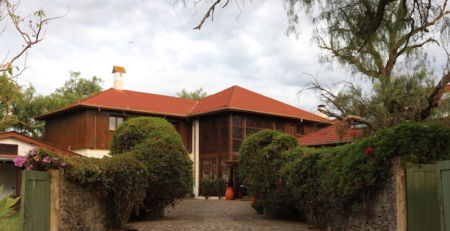
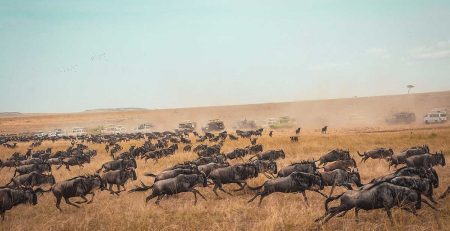
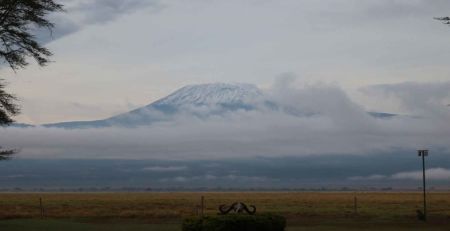


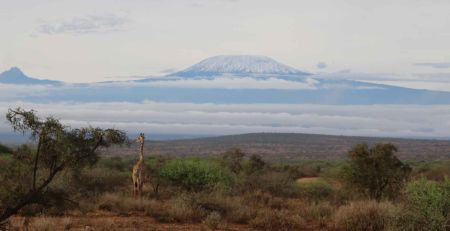

Comment (1)
Nice Blog!